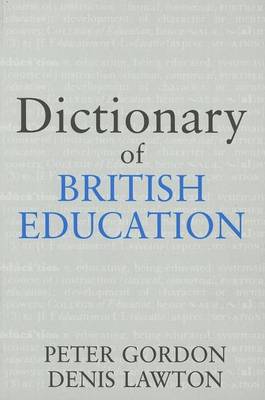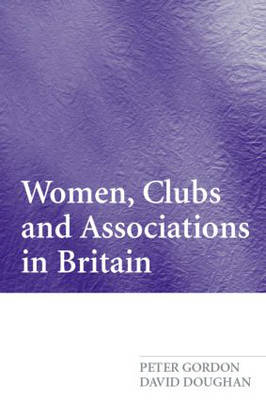Woburn Education
4 total works
Women have been consistently excluded from all manner of clubs and associations over the years, whether as the direct result of an anti-woman policy or indirectly through prohibitive entry requirements, social constraints, or conflict of interests and tastes. Retaliation from women has taken two directions: some women have set up their own exclusive clubs that reflect their own interests and aims, while others have taken on the men and striven to break down resistance to their joining `men's' clubs on an equal footing.
This book traces the development of the current situation, drawing from a wide range of sources, some of which have never been published before. Looking at the different types of clubs and associations that include women and girls from the WI to the Girl Guides, this book is a rich social history full of fascinating observations and stories, and will be absorbing reading for anyone interested in sociology, women's history or the transformation of Britain's social life.
Britain has attracted many musical visitors to its shores. A varied and often eccentric collection of individuals, some were invited by royalty with musical tastes, some were refugees from religious or political oppression, some were spies, and others came to escape debt or even charges of murder.
This book paints a broad picture of the changing nature of musical life in Britain over the centuries, through the eyes and ears of foreign musicians. After considering three of the eighteenth century's greatest musical figures, the authors consider the rise of the celebrity composer in the nineteenth century, and go on to consider the influence of new forms of transport which allowed travel more freely from the Continent and the USA.
Musical Visitors to Britain also charts the new opportunities presented by the opening of public halls, the growth of music festivals, and the regular influx of composers in the twentieth and twenty-first centuries, ending with the impact of new musical forms such as jazz.
As much a social as a musical history of Britain, this book will be of interest to anyone studying or working in these fields, as well as to general readers who want to discover more about our musical heritage.


